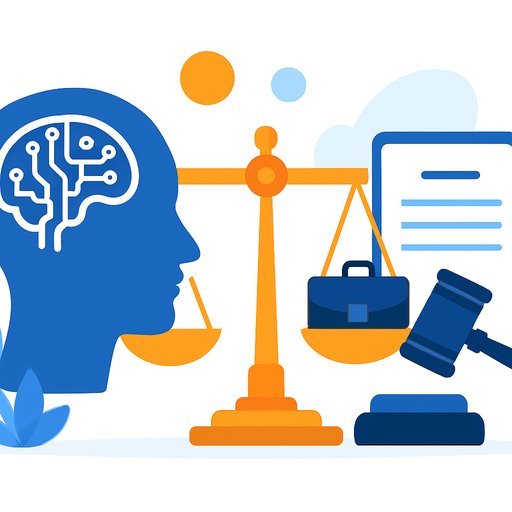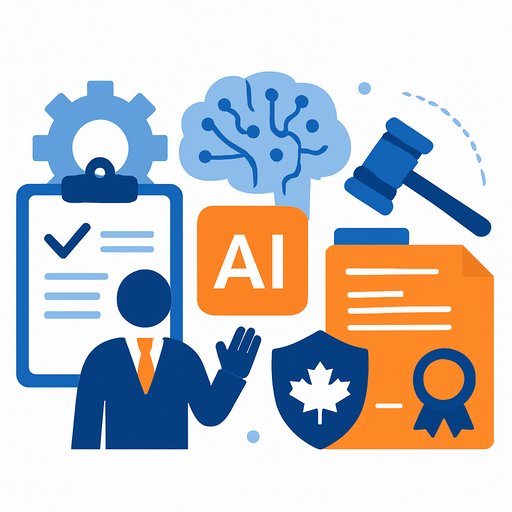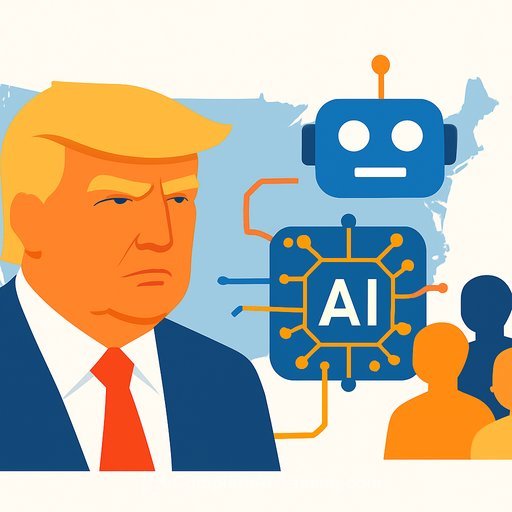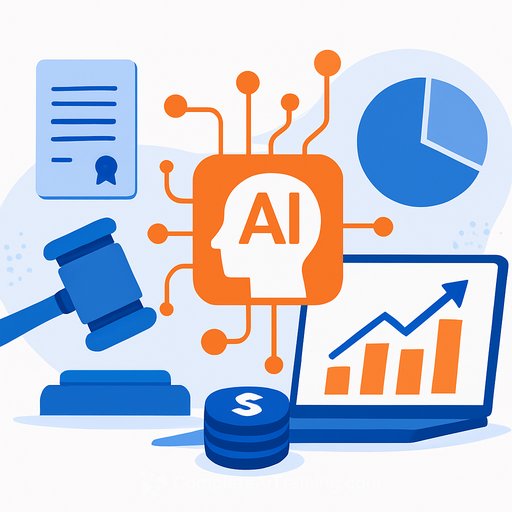Generative AI in Legal: A Risk-Based Framework for Courts
Courts and legal practitioners should adopt a principle-driven, risk-based approach to generative AI that balances innovation with accountability and keeps meaningful human oversight at the center. AI is not one thing, and risk shifts with the workflow, the data, and the stakes. Treat it like you would any legal tool: assess the context, set guardrails, and verify the output.
Key highlights
- Risk varies by workflow and context. Apply risk ratings by use case: low for productivity, moderate for research, moderate to high for drafting and public-facing tools, and high for decision-support.
- Courts need independent benchmarks. Build and regularly review court-developed benchmarks and evaluation datasets; do not rely on vendor claims alone.
- Benchmarking detects drift, degradation, and bias. Continuous, rigorous evaluation is essential because both the law and AI models change over time.
Why risk and human judgment must scale together
A recent cross-institution effort, Key Considerations for the Use of Generative AI Tools in Legal Practice and Courts, urges courts to scale scrutiny to match risk. As Dean Megan Carpenter put it, the aim is a principle-based architecture for adoption - not blind adoption and not blanket bans.
Risk is dynamic. A scheduling assistant is usually minimal risk, but becomes high risk in urgent national security cases. Translation may support low-risk research in one moment and slide into high-risk decision-support in another.
Judge Bowon Kwon's litmus test is practical: "Would I delegate this task to another person? Am I comfortable delegating it publicly? If the answer is no, then you probably shouldn't be delegating it to an AI either."
Workflow-based risk ratings
- Productivity tools: minimal to moderate risk
- Research tools: moderate risk
- Drafting tools: moderate to high risk
- Public-facing tools: moderate to high risk
- Decision-support tools: high risk
Use these ratings to guide controls, documentation, and depth of review. As risk rises, so does the need for verification and human control - and in some cases, a decision not to use AI at all.
Draw hard lines: what AI should never do in court
Some uses are off-limits for judicial functions. Judge Kwon is clear: no automated final decisions, and no AI systems that assess credibility or determine fundamental rights involving incarceration, housing, or family. These calls require human judgment.
Human oversight that actually works
Hank Greenberg notes that human supervision is critical in real practice: lawyers must be supervised in how they use AI, including young attorneys. The model can assist; the lawyer remains responsible.
- Human in the loop: Active human involvement in decisions. Example: a law clerk uses AI to surface relevant cases, then verifies citations and legal logic before anything reaches a judge.
- Human on the loop: Ongoing monitoring with authority to intervene. Example: a clerk oversees an automated data-extraction routine feeding a CMS and spot-checks outputs for accuracy.
Practical guidance for courts and legal teams
Technical AI competence is part of the ethical duty of lawyers and judges. That includes verification, transparency, court-owned benchmarks, and clear documentation to maintain public trust.
As Grace Cheng notes, the public deserves to know how decisions are made. Transparent explanations, audit trails, and accessible summaries go a long way to protecting confidence in the courts.
Benchmarking: the backbone of accountability
- Build court-developed benchmarks. Create independent evaluation datasets and test scenarios that reflect your jurisdiction, rules, and formats. Vendors may optimize for known tests, which can mask flaws.
- Make benchmarking continuous. Laws change, precedents shift, and AI models update. Ongoing evaluation helps detect model drift, performance degradation, and bias drift before they impact cases.
For broader risk management guidance, see the NIST AI Risk Management Framework here, and for court-focused resources, visit the National Center for State Courts here.
Getting started: a simple playbook
- Inventory AI use across workflows; assign risk ratings and required controls for each.
- Define red lines where AI is prohibited (e.g., final decisions, credibility assessments, fundamental rights).
- Choose oversight mode per workflow: human in the loop vs. on the loop, with named roles and escalation paths.
- Stand up internal benchmarks and testing datasets; run pre-deployment pilots and post-deployment monitoring.
- Document verification steps, disclosure practices, and public-facing explanations.
- Train judges, clerks, and attorneys on verification, prompt discipline, bias awareness, and data handling.
A thoughtful, risk-informed approach lets courts capture efficiency and access-to-justice gains while protecting ethics, due process, and public trust. If your team needs structured upskilling on AI literacy and workflows, explore job-specific training options at Complete AI Training.
Your membership also unlocks:






